With just hours left in 2018 and an entire year laid out ahead of us, the team has taken the opportunity to look back on all the goodies that have arrived over the year and pick their hits, their misses and those sometimes almost indescribably just cool gadgets we’ve tried out.
2018 was a big year for Android with Android One and even Android Go coming to the fore. We’re also living in an age where for the first times ever smartphone cameras are at the point where the mid-range is delivering in spades, while also delivering excellent performance and stunning good looks. I looked at a lot of gear this year, and as my colleague’s before me have done, I’m counting them off. So, let’s start right at the bottom.
Entry Level: Alcatel 1C with Android Go
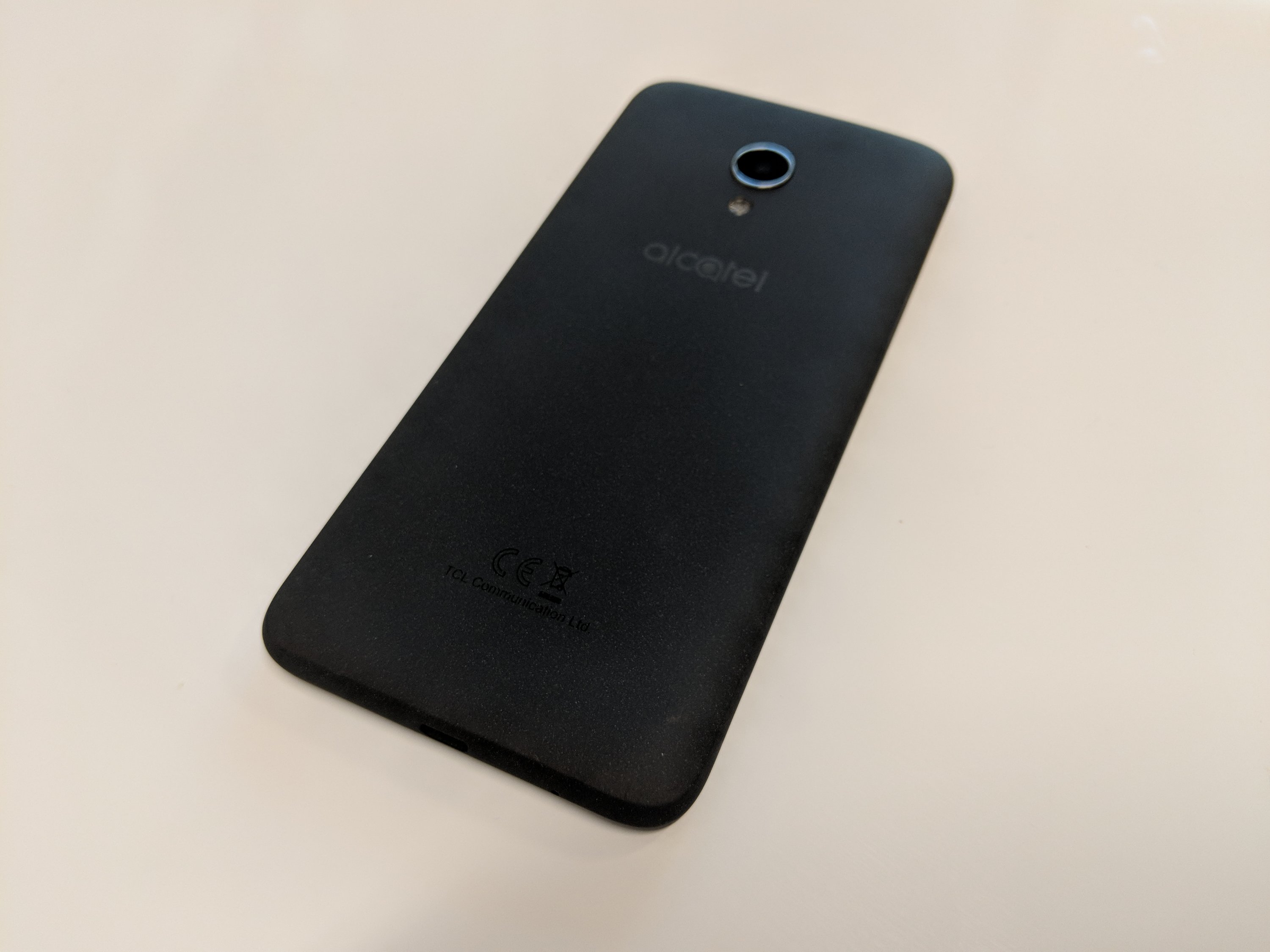
The Alcatal 1C. This phone was announced running Android Go at Mobile World Congress alongside a full suite of handsets sporting the new TCL-manufactured full vision 18:9 aspect ratio displays. By bringing the newer aspect ratio displays to the low to mid-range market TCL backed Alcatel has brought some of the panache and flair of higher end handsets down to a more affordable price – and it’s very affordable with the Alcatel 1C dropping down under $100 during the year.
The phone doesn’t have the greatest specs, it uses a Mediatek processor, 2GB of RAM and 16GB of storage with a 5.3″ display. The phone has a decently powerful 8MP rear camera with a 5MP sensor which took some decent shots as you can see in our hands-on time with the phone in Barcelona.
Android Go is a big part of this, with Google taking care of Android Go handsets with three years of regular security patches and two years of OS updates – that’s phenomenal for an entry level handset.
There’s something to be said for the Nokia 1 in this entry level range, but with the pricing on the Alcatel 1C dropping so low it’s my pic of 2018.
Mid-range: Nova 3i
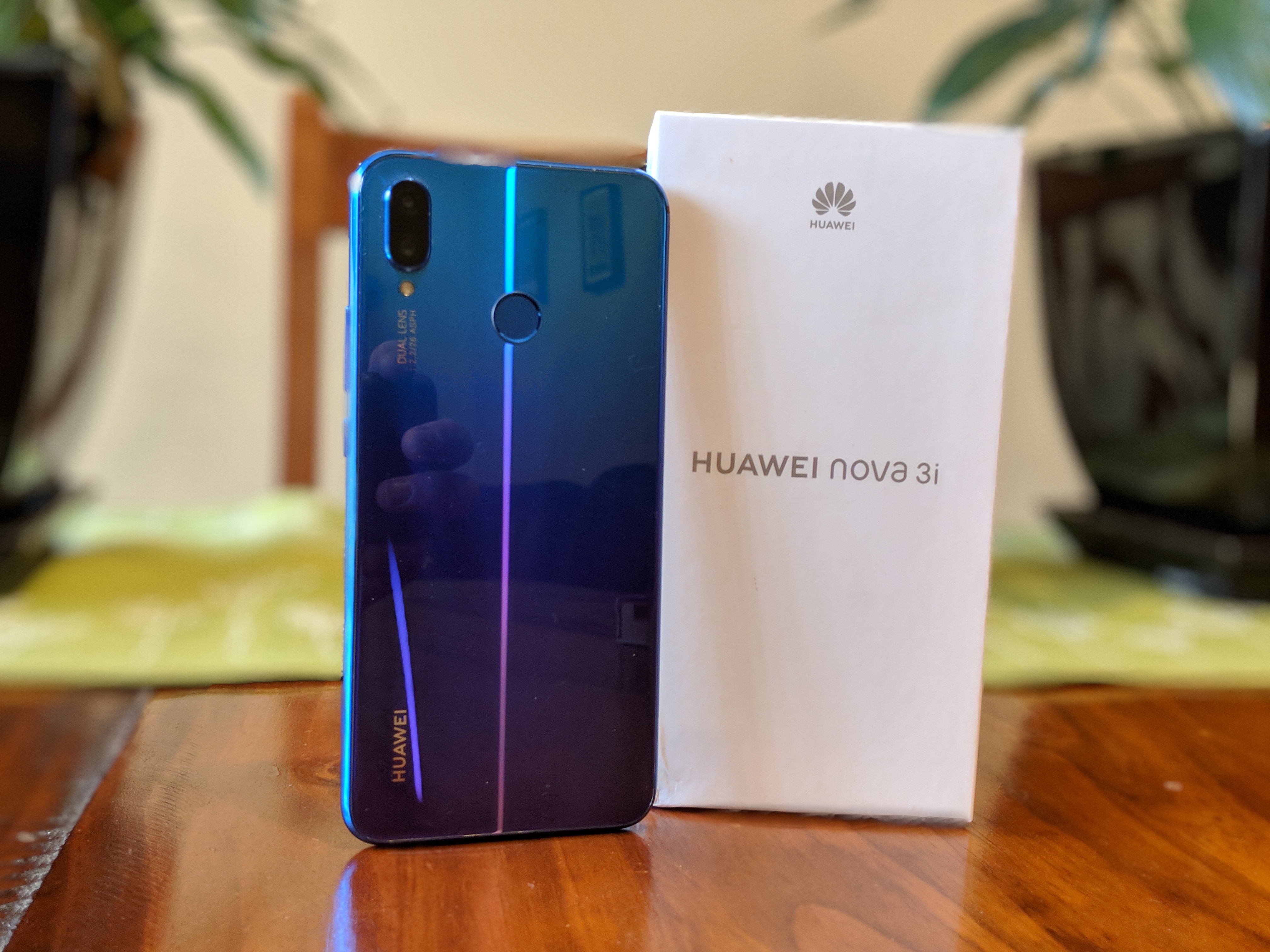
There’s so much competition at the mid-range end of the phone market. Oppo, Nokia and even Samsung, Sony and HTC offered a lot this year with their mid-rangers but the Nova 3i filled the bill for specs, performance, pricing and lets face it, looks for my mid-range phone of 2018.
Huawei really stepped things up with their Nova series this year, bringing what was great about the P20 Pro which Jason loved to the mid-range market. Their new Kirin 710 processor showed that Huawei is a company to watch when it comes to powerful processing power on mobile with in-built AI solutions, something they proved later in the year with the Kirin 980 in the Mate 20 Pro. Huawei paired this mid-range powerhouse of a processor with 4GB of RAM and 128GB of onboard storage which could be expanded with a microSD card to make a solid platform for their AI camera.
While I listed the camera as something which could be improved on when I reviewed the phone back in August it was a standout for the mid-range phone market. Huawei has included their scene and item AI recognition algorithms in the Nova 3i, allowing you to get some auto-tuning of your photos that make certain aspects really pop. The Nova 3i also includes a pretty great night mode if you have the time to use it properly.
As with the entry level, there was severe competition and only the Nokia 7 Plus or HTC U11 Life can even come close. The Nokia 7 Plus and HTC U11 Life are the only handsets that are almost on par with the Nova 3i at every step, but when you look at the Twilight colour option on the Nova 3i you can see where a few points tipped it over ;).
Flagship: Mate 20 Pro

This was a tough one. In terms of what I was dealing with in this range, I’ve recently spent time with the Samsung Galaxy Note 9, Huawei Mate 20 Pro, Pixel 3 (and the Pixel 3XL and its notch), and the OnePlus 6T, but it’s the Mate 20 Pro I kept coming back to and a phone that Huawei will eventually have to send physical security to remove from my cold, dead hands.
There’s really no getting away from it this year – Huawei killed it. Starting with the P20 Pro, Huawei put the entire industry on notice with a stunning triple-camera array on the rear of that phone. Huawei then followed it up later in the year with a similar rear camera array that also got to take advantage of the newer Kirin 980 processor that they paired with 6GB RAM and 128 GB of storage – though they lose points for using a new, as yet undefined new ‘standard’ “NM” card expansion slot.
That camera is simply stunning all round as you can see from the sample shots in Chris’ review. There’s certainly some better shots to be had on the Pixel 3 phones, including the absolutely phenomenal Night Sight for low-light photography that it offers, but all-round the Mate 20 Pro is the winner in my book.
Huawei has still got a lot of work to do with EMUI on their phones, but it’s running Android Pie out of the box and it also has the promise of fairly regular updates – something Huawei is off to a pretty good start with.
In terms of competition, the phone I took my SIM out of to use the Mate 20 Pro is the OnePlus 6T, and despite the wonderous camera on the Pixel 3 the software bugs still on-going with that handset are making me toss up between the Mate 20 Pro and the OnePlus 6T leaving the Pixel in a sad third place.
Smart Displays: Home Hub
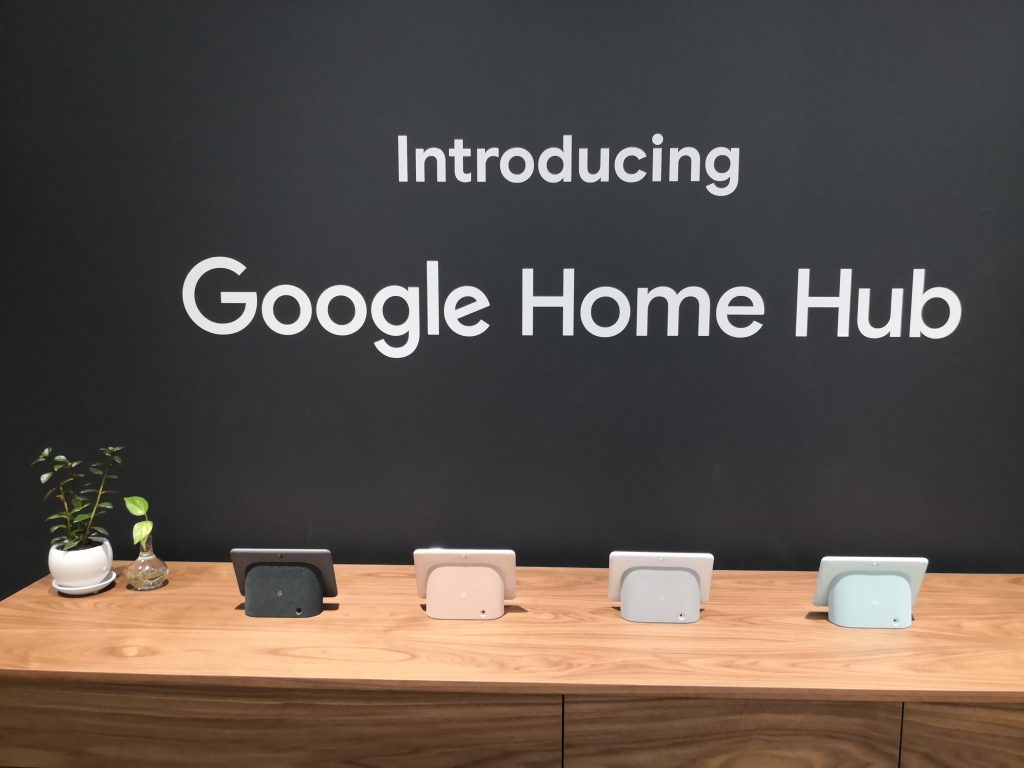
Despite strong, early showings from both Lenovo and JBL (LG gets no points with no intention to release theirs in Australia), Google took this category out in no uncertain terms with the diminutive Home Hub.
Google thought a lot about the Home Hub and its place in the home, opting to completely remove the camera on the smart display meaning it can be quite comfortably used in a bedroom, or indeed any room of the house. When it came down to it I really found no use for video conferencing on the Home Hub anyway, though if you really feel that this is something you want to do, you have options from Lenovo and JBL.
The biggest tell of a product being accepted into the mainstream is when my wife steals a review unit after I put it down. While I actually bought my Home Hub, the fact it was stolen, only to show up on my wifes bedside table speaks volumes. The digital photo frame aspect was a solid winner for her, as is access to all the visual features now baked into Google Assistant on the Home Hub like weather, or the ease of use when cooking or getting your daily ‘My Day’ briefing.
If I had to choose another device to take the place of my Home Hub it would be the Lenovo 10″ Smart Display, mainly for use in the kitchen where the larger screen makes it more attractive for how-to’s, though lack of waterproofing makes me hesitant. With that in mind, Google has somewhere to go in 2019 if they want to expand their smart display offerings, and I’d love to see a bigger Home Hub in October.
Headphones: Sony WH-1000XM3
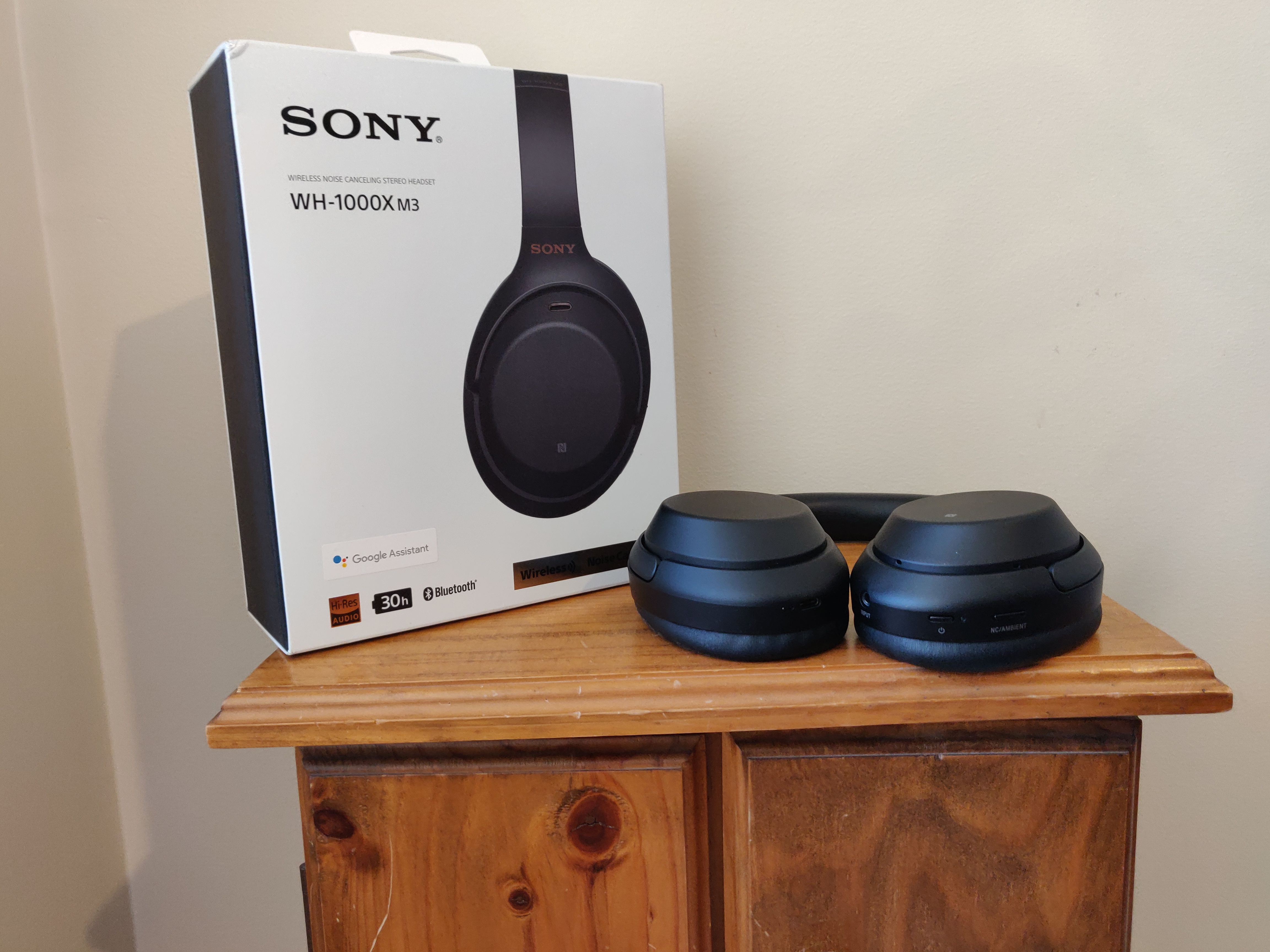
The name may be a mouthful, but the Sony WH-1000XM3 finally bested the still excellent Bose QC 35II headphones which have reigned supreme in the premium consumer headphone market all year.
Sony has stepped up their game with these headphones, offering next-level noise cancelling, an extensive battery live and are extremely comfortable to wear for long periods – factors you should take into account if you’re ever looking to travel overseas.
With a 3.5mm connection available in addition to wireless connectivity, you also get a handy airplane adapter included in the sturdy hard case that comes in the box. There’s also a USB-C charging cable for you to plug the headphones in for charging – when you need to charge them, but with 30 hours of use with Noise Cancelling on, you’ll be a long time between charging.
Quality of audio was phenomenal and unfortunately made me hunt down some lossless audio files just so I could experience the full range of sound output by these headphones when I reviewed them.
Biggest Let Down
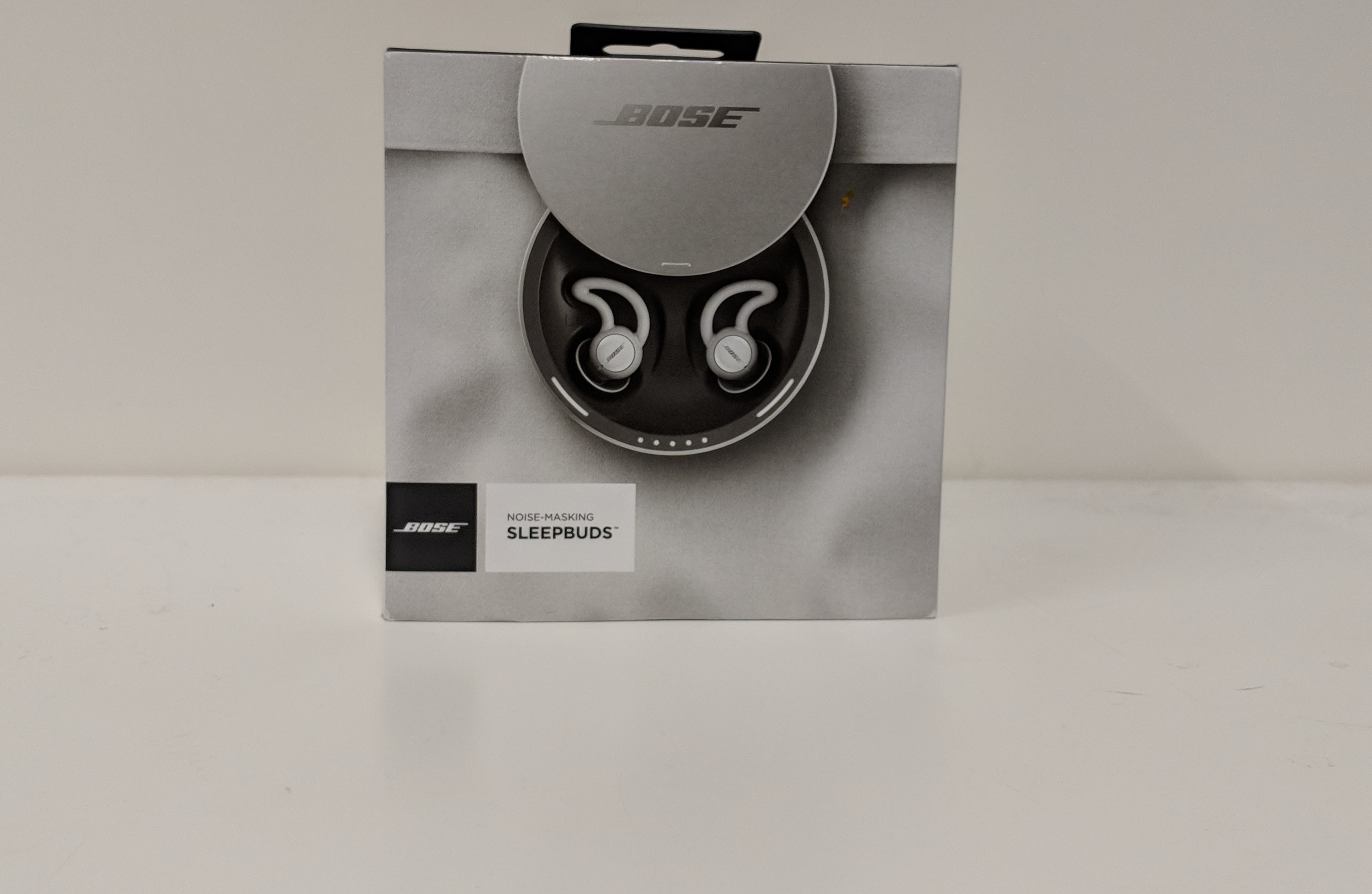
The year was a surprisingly good one for gadget lovers, with phones, accessories and more all ticking boxes for loads of people. There was one product I got totally hyped for only to have the reality shatter the illusion – and that was the Bose Sleepbuds.
Priced at $399, the Bose Sleepbuds are truly wireless in-ear earbuds which are designed to be worn while you sleep. The Sleepbuds include no active noise cancelling, instead opting to mask sounds with a selection of ‘soothing’ or calming sounds ranging from white noise through to rain cascades and more.
The reality of the Sleepbuds is that they don’t quite fit the bill for anyone wanting to get a better nights sleep. As a shift worker I sleep a lot during the day when there’s gardening (mowers, blower/vacs etc.), moving, construction and more going on and the Sleepbuds didn’t quite work as advertised. I was able to sleep, but because my brain was constantly listening to the sound it never got a truly restful nights (or days) sleep.
I’m back to using my good old load of foam ear plugs to get a good sleep and at $30 for a box of 200 pairs, I’ll be better off for a while. Still, if Bose wants to see how they can go with a noise-cancelling set of Sleepbuds next time around I’m totally in.
Honorable Mention: Google Pixel Slate.
I just got my hands on the Pixel Slate, importing one for my own needs – yes, I’ll try to get a review out ASAP. The tablet itself is fantastically well made hardware wise, but Google has a lot of work to do on the software. I imported an i5 model, so it’s not got the same level as jank as you’ll see in Marques’ review of the slate, but there’s a load of issues with how Android apps run, and also for how web pages are displayed on a touch-based device.
I’m not too worried though, Google iterates software every 6 weeks on Chrome OS and it’s getting better fast – I just hope they continue to fix the big issues before bringing in new functionality.
What’s next?
We’ve got a big year ahead in 2019. We’re going to be at Mobile World Congress in February/March to kick off the major phone announcements this year and we’re hoping to hit Google I/O again and even IFA as well as any individual launch events throughout the year. This means Phones, LOTS, and LOTS of PHONES! We’ll see the new Samsung Galaxy S10 in all its iterations, LG will have something and so will Sony, Alcatel and hopefully HMD Global as well – and we can’t wait!
One thing I’m hoping for in 2019 is a big jump in wearable tech announcements. So far Wear OS is working for me, but only just. I primarily use it for notifications and fitness which it does, but Google has a lot of work to do on this platform – and I primarily believe that this is a hardware and software problem. We’ll be seeing our first Qualcomm Wear Snapdragon 3100 SoC watches launching this year (MontBlanc’s Summit 2 is too expensive to count!), which we’re hoping will be at least a start.
I’m also hoping to see more from Google’s Daydream platform in 2019, including a move to Augmented Reality over Virtual Reality, though even just improving the developer support for Daydream and making games and apps more discoverable in Google Play would help.
I’m always up for a surprise as well, so bring it on 2019.




















































